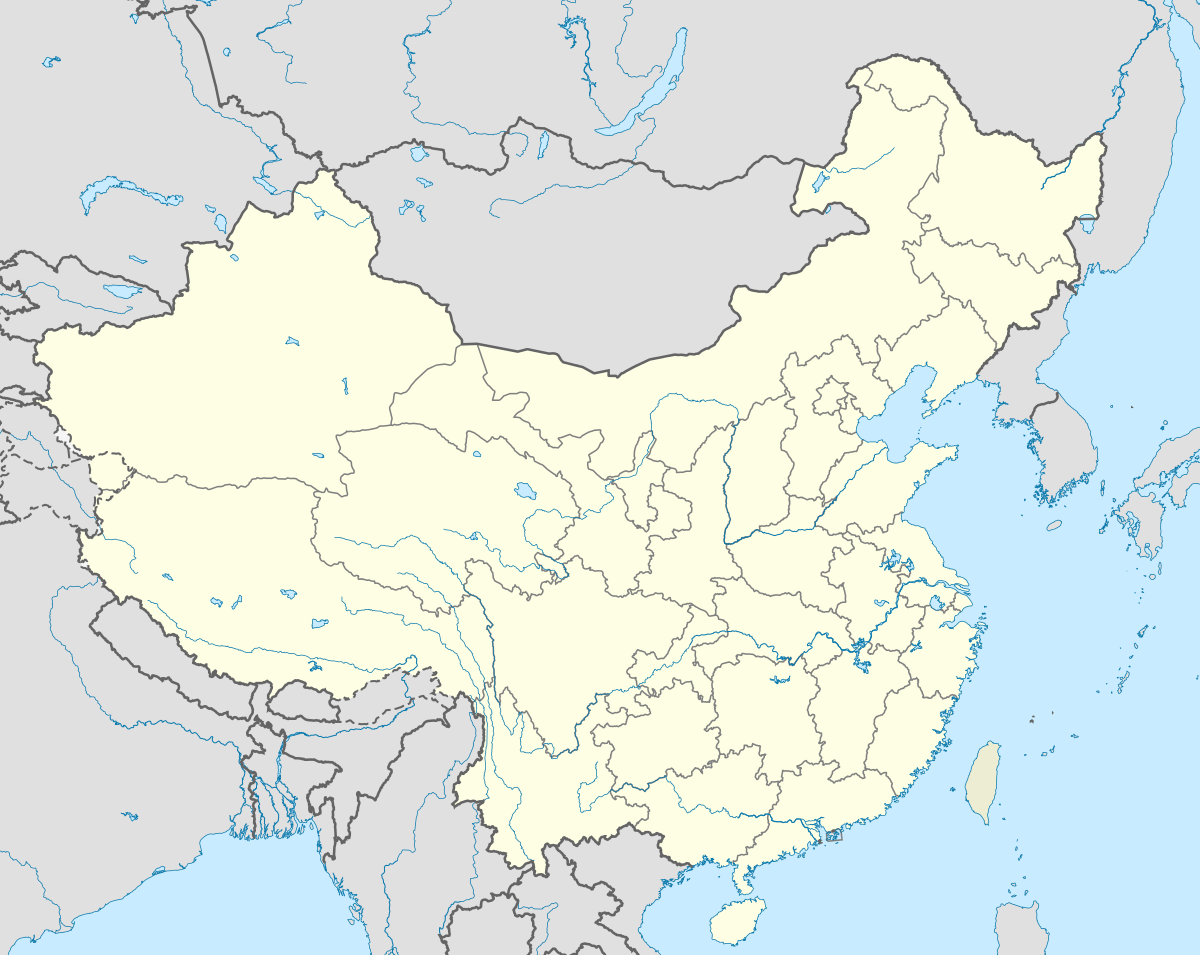Qu County
| Qu County | |
|---|---|
| County | |
| Chinese transcription(s) | |
| • Chinese | 渠县 |
| • Pinyin | Qú Xiàn |
 Qu County Location of the county | |
| Coordinates: 30°50′N 106°50′E / 30.833°N 106.833°ECoordinates: 30°50′N 106°50′E / 30.833°N 106.833°E | |
| Country | China |
| Province | Sichuan |
| Prefecture-level city | Dazhou |
| Area | |
| • Total | 2,013 km2 (777 sq mi) |
| Population (2002) | |
| • Total | 1,330,000 |
| • Density | 660/km2 (1,700/sq mi) |
| Time zone | China Standard (UTC+8) |
| Postal code | 635200 |
Qu County or Quxian (Chinese: 渠县; pinyin: Qú Xiàn) is a county of Sichuan Province, China. It is under the administration of Dazhou city.
History
Formerly known as Dangqu (宕渠), the county is best known for historic monuments. Namely, a partially preserved mausoleum complex, featuring gate towers, or que, belonging to the Shen (沈) family, which date back to the Han Dynasty.[1][2]
Notes
This article is issued from Wikipedia - version of the 12/1/2015. The text is available under the Creative Commons Attribution/Share Alike but additional terms may apply for the media files.